
Discover how HIT SYNERGY supports hit ID success and beyond, today.
HIT SYNERGY at a glance
Multiple advanced technologies are united in one platform to solve the challenges of even the most challenging new target classes. Work with Sygnature Discovery's hit finding team to develop a strategy that leverages the components of the platform according to your specific goals.
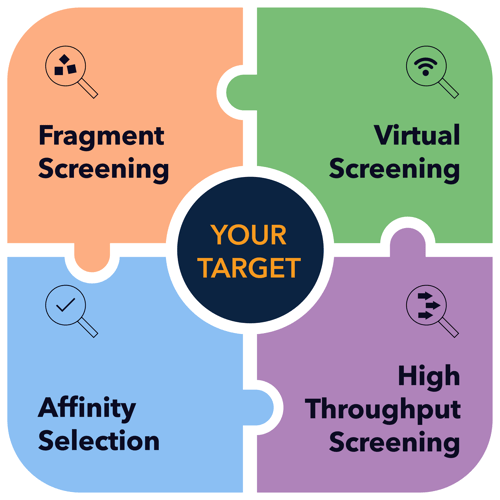
Comprehensive and integrated hit finding capabilities suitable for any target class
Watch our video to learn more about how HIT SYNERGY combines leading hit identification technologies with a strategy tailored to your target, goals and budget.
Engineer a winning hit ID strategy
HIT SYNERGY optimizes hit identification and validation using multiple approaches and expert input to ensure high-quality results.
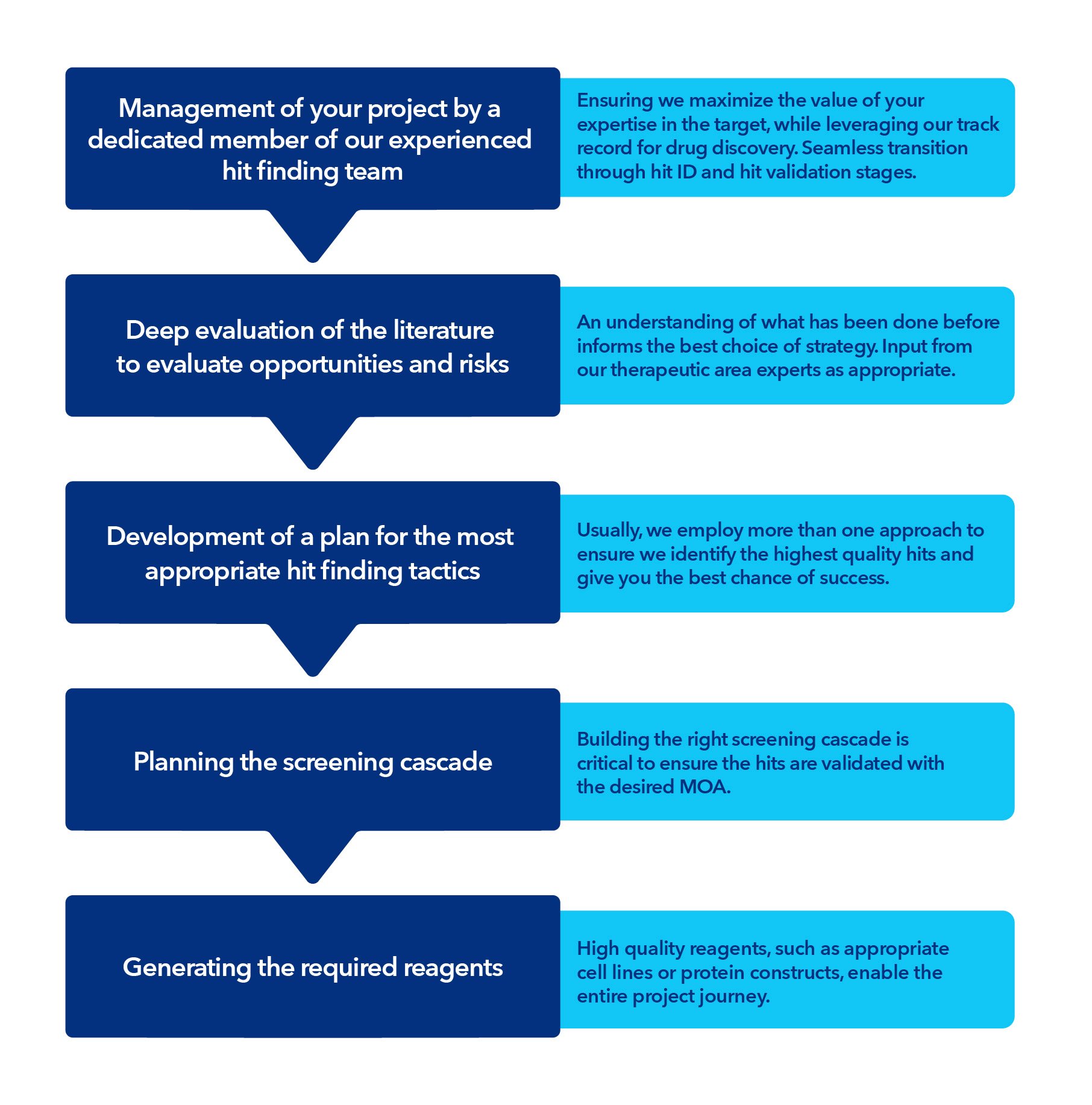
At the core of HIT SYNERGY is an active learning approach to screening
HIT SYNERGY's meticulously curated libraries, rich in scaffold diversity, are selected for their "sociability" – featuring numerous related molecules found in commercial databases. The platform's advanced computational methods can rapidly expand in 2D and 3D chemical space by selecting matching pharmacophores from available molecules. Its proprietary PRISM library, based around novel high Fsp3 scaffolds, delivers exclusive hit matter that is enabled for high throughput chemistry, designed with computational selection from the fully enumerated scaffold library of 17 million analogues.
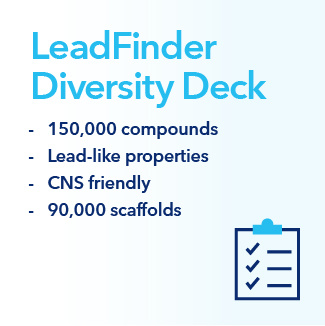
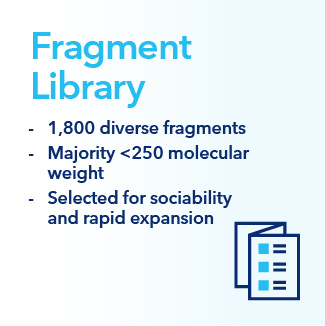
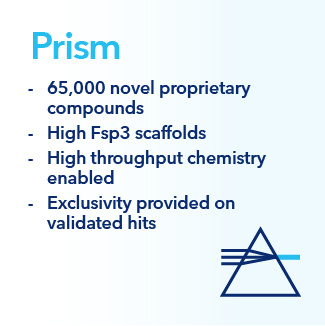
Generate high-quality, validated hits uncovering different binding sites, MOAs and diverse chemo-types
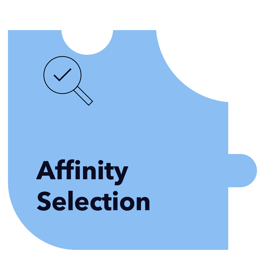
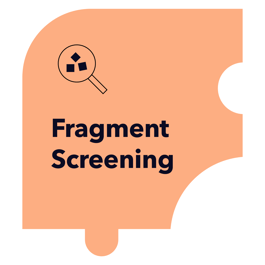

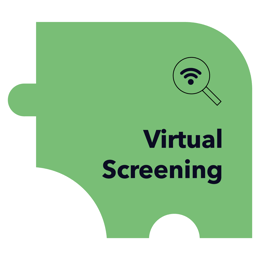
Why choose HIT SYNERGY for hit ID?
While many CROs address individual aspects of a hit ID strategy, HIT SYNERGY unites multiple cutting-edge technologies and highly experienced teams into a single, integrated platform focused on developing well-validated chemical starting points to facilitate a smooth optimisation to candidate drugs.


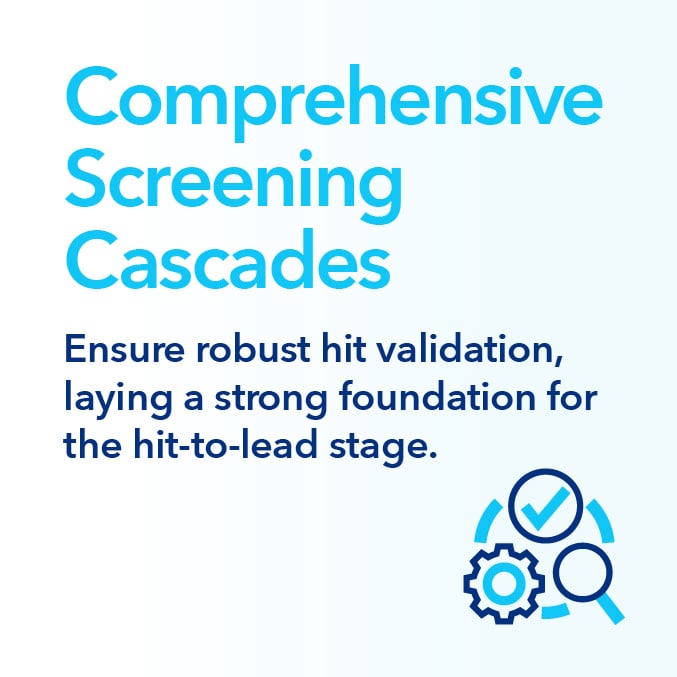
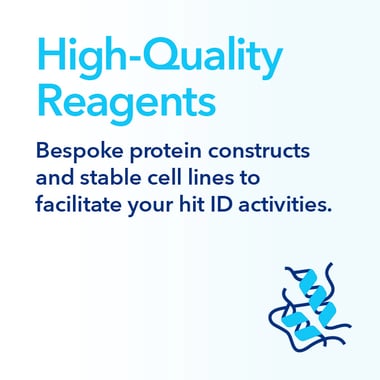
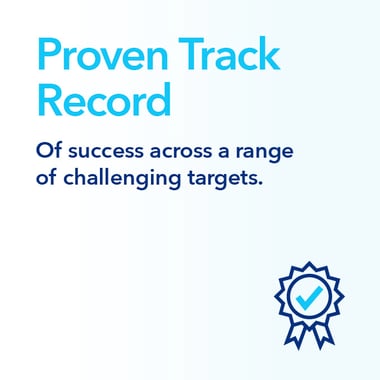
Delivering for our customers - a proven track record

